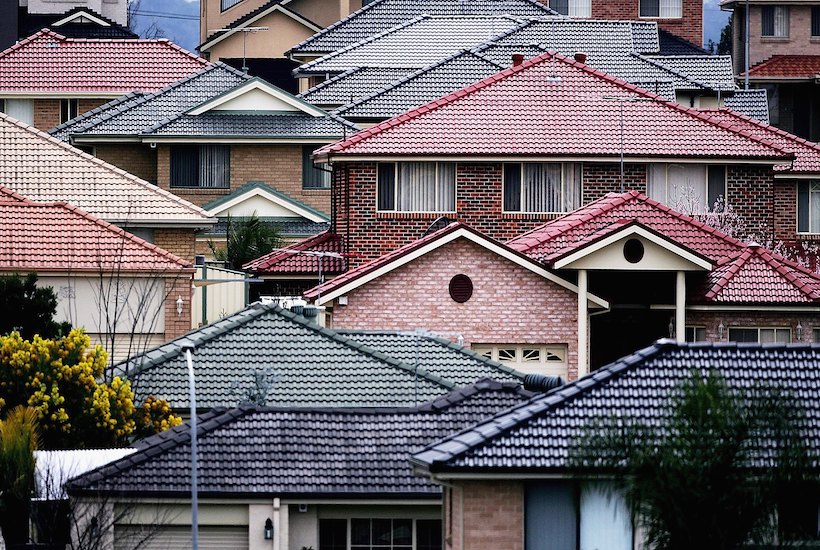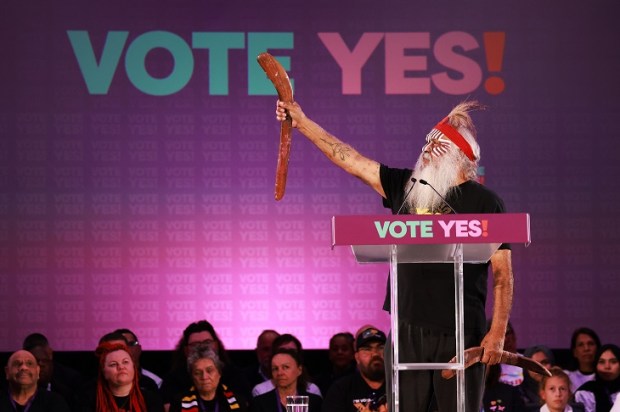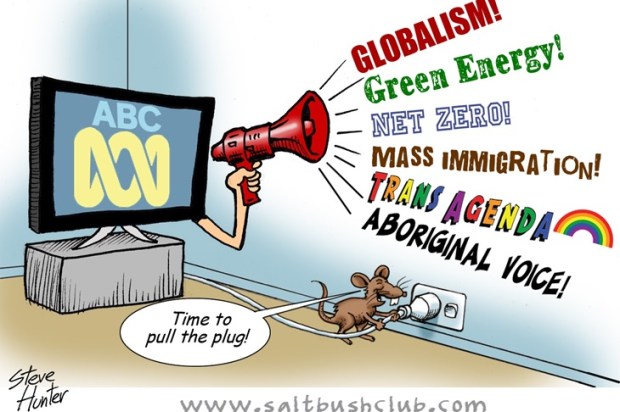It speaks volumes to the lack of ambition in the federal government that it took a first-term senator on the backbench to identify and speak out about one of the most significant public policy challenges facing Australians. While the government has failed to deliver modest industrial relations reform and is now suffering in the culture war it insists doesn’t exist, Senator Gerard Rennick has his finger on the pulse when it comes to the concerns of mainstream Australians.
Last week, Rennick brought the issue of monetary policy, asset inflation, housing affordability, and inequality into the public debate. While his specific policy proposal to reduce asset inflation by expanding capital gains tax to some family homes is misguided, his diagnosis of the problem is spot on. Put simply, the Reserve Bank’s monetary policy is making housing less affordable and driving inequality by exacerbating the differences between the haves and the have-nots.
Homeownership is central to the Australian way of life, but it is increasingly becoming out of reach of working people. According to Census data, between 1961 and 2006 the homeownership rate fluctuated around the 70% mark, but since then it has been declining. The most recent data from the Australian Bureau of Statistics indicate that only 66% of households owned the home they lived in as of June 2018. But this headline figure masks a deeper issue: in 1971 the homeownership rate among 30–34-year-olds was 64%, but in 2016 it was only 50%.
Rapid increases in house prices have excluded many young Australians from buying their own home, and in recent years much of this can be attributed to monetary policy set by the RBA. As Rennick explained to the Australian Financial Review: “As we’ve seen in the last six months as the RBA’s lowered interest rates to 0.1 per cent, house prices have taken off again.”
The RBA’s ultra-low cash rate is benefiting those who already own assets and making it harder for aspirational Australians to buy a family home. And the RBA is fully aware of the effect their policy settings have on inequality; in a research discussion paper titled The Distributional Effects of Monetary Policy: Evidence from Local Housing Markets, published last year, two RBA researchers found that “lower interest rates increase housing wealth inequality, while higher rates do the opposite.”
The crux of Rennick’s argument gets to the heart of the issues that have been exacerbated over the past 12 months. The division of Australia two countries was both exposed and intensified by lockdown measures implemented in response to COVID-19, where job losses and wage cuts were concentrated in the private sector, among employees of small business, and lower-income earners, as Institute of Public Affairs research has shown over the past year.
The divide can be seen in the differences between the public and the private sectors. Between March and September of last year, lockdowns forced 607,000 private sector workers out of their jobs, but 19,700 new public servants were hired over the same period. This means that 30 private sector workers lost their job for each new public servant hired.
It can also be seen in the divide between big and small businesses. Small businesses, which have suffered for years under arduous red tape burdens which protect their larger counterparts from competition, were devastated by lockdowns. Independent bookstores and florists were deemed non-essential by the bureaucrats implementing lockdowns, and Australians were given little choice but to buy their books from Amazon and their flowers from the oligopoly supermarkets.
So Rennick is onto something when he talks about the unfair treatment of hard-working wage earners, who face higher rates of tax on their wage income compared to the rates on capital income for the already well-off.
His suggestion to tax people who sell their family home for more than $2 million is not going to solve the crisis of homeownership, however. House prices are driven by a number of factors, and while the government cannot control the cash rate, it can affect change in other areas to help aspirational Australians. Supply-side reforms, like changing zoning laws and energy efficiency requirements for new builds, coupled with demand-side reforms like reducing immigration, will be central to reviving the dream of homeownership across the country.
Reducing the divisions between the two Australias must be a central focus of Australian politicians in the years ahead, and not just for economic reasons. The Australian way of life is put at risk when the population is divided, and the politicians who speak frankly about this and work to stitch the country back together will be rewarded by aspirational voters.
Cian Hussey is a Research Fellow at the Institute of Public Affairs. Join as a member at www.ipa.org.au.
Got something to add? Join the discussion and comment below.
Get 10 issues for just $10
Subscribe to The Spectator Australia today for the next 10 magazine issues, plus full online access, for just $10.


























Comments
Don't miss out
Join the conversation with other Spectator Australia readers. Subscribe to leave a comment.
SUBSCRIBEAlready a subscriber? Log in